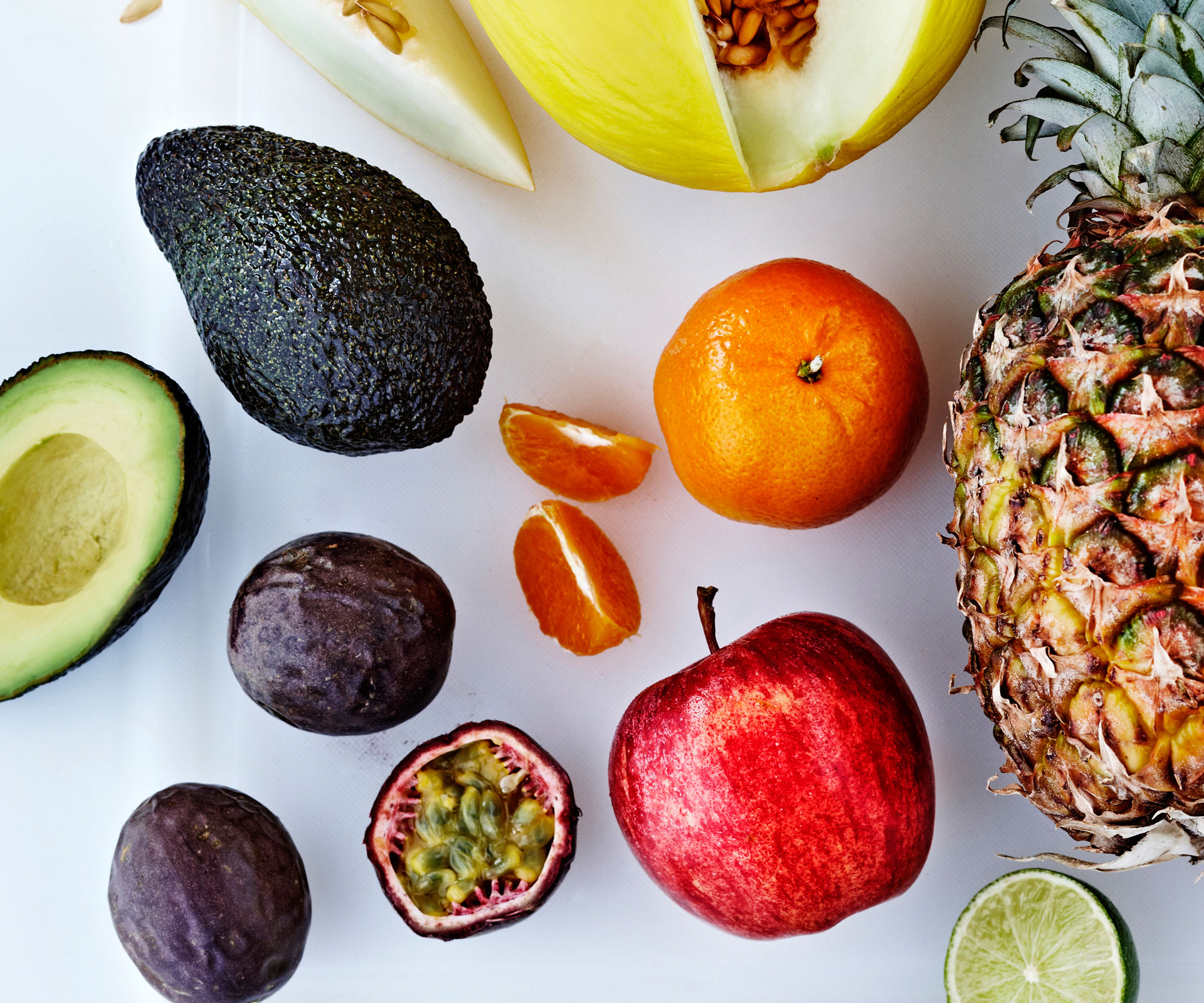Fruit is the perfect food.
It tastes great, it’s easily available and convenient to carry, there are types that aren’t too expensive and there’s a wide variety to choose from. Plus it is really healthy – it packs an almighty nutritional punch.
But over the last few years, people have begun challenging the belief that fruit really is that good for you. Now that we’re becoming aware of the health risks of eating too much sugar, it’s frequently pointed out that fruit contains a form of sugar.
So if sugar is bad for you, then fruit – or at least those containing lots of sugar – must be too, right?
Not so. Not all sugar is equal – the type and the amount you eat, plus the form it comes in, plays a big part in whether it contributes to health problems. One of the reasons there has been a backlash against fruit from some quarters is because studies, including one carried out by Yale University, have shown that diets high in fructose – the sugar found in fruit – are linked to obesity.
Fructose is a natural simple sugar, and as well as being found in fruit, vegetables and honey, it is also found in table sugar and a product called high-fructose corn syrup (HFCS), which is a sweetener made from corn starch. HFCS is added to a huge variety of foods, including yoghurt, bread and some baked goods, salad dressing, soft drinks, breakfast cereals and so-called “nutrition” bars. When you eat fruit, not only are you consuming fructose, but you’re also getting fibre, vitamins, minerals, water and antioxidants.
The fibre in fruit means it takes a while to chew and digest, so the fructose is released slowly into your bloodstream. This gives your body the time to process it properly, unlike some of those other sources of fructose. Because there is no fibre and nutrients to slow their absorption into the body, your body has to work harder to deal with these excess amounts of sugar and this can lead to health problems, such as diabetes.
Meanwhile, the fibre content in fruit also fills you up quickly, so it is hard to obtain large amounts of fructose from most fruit – you would have to eat huge amounts.

Are some fruits higher in fructose?
Yes. Fruit that has a high fructose content includes:
• Mangoes (30g of fructose per mango)
• Grapes (25g per cup)
• Blackberries (22g per cup)
• Pears (19g per average pear)
• Watermelon (18g per wedge)
• Pineapple (15g per 1 cup serve)
• Bananas and apples (14-16g per average-sized piece of fruit)
• Blueberries (14g per cup)
• Strawberries (8g per cup)
10 Fascinating facts about fruit
Strawberries aren’t technically a fruit because they have their seeds on the outside, not the inside. They’re a member of the rose family.
The most commonly eaten fruit in the world is the mango.
Tomatoes, avocados, aubergines, cucumbers and pumpkins are fruits.
Bananas are not technically fruit, but herbs.
Kiwifruit contains twice as much vitamin C as an orange, but oranges contain more fibre than most other fruits.
Some horticulturalists think the banana was the earth’s first fruit.
Avocados are the world’s most nutritious fruit, according to some studies.
Pineapples are berries, as are grapes, persimmons, watemelons and aubergines.
Watermelons are 92 per cent water.
A cup of dried figs has as much calcium as a cup of milk.
Can some fruit be bad for you?
• Some people have intolerances towards certain fruits and shouldn’t eat them. Fruit most likely to cause reactions include apples, pears, cherries, peaches, plums, melon, banana, citrus fruits and kiwifruit.
• Grapefruit can interact with some medications and make them less effective. They may also cause heart arrhythmias, which can be fatal. If you are on medication, check with your doctor or chemist to see if they react with grapefruit.
• Rhubarb leaves are extremely poisonous and contain potentially fatal amounts of oxalic acid, which can damage the kidneys.




